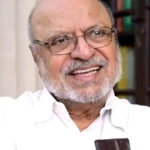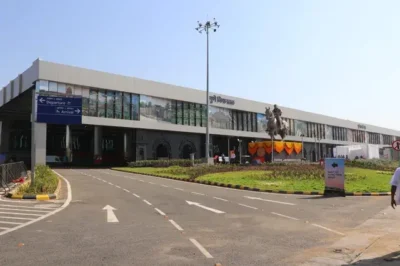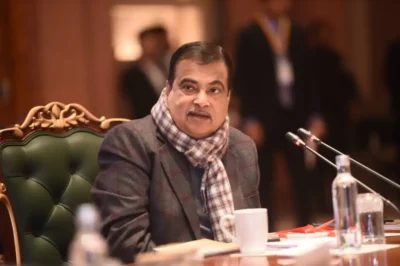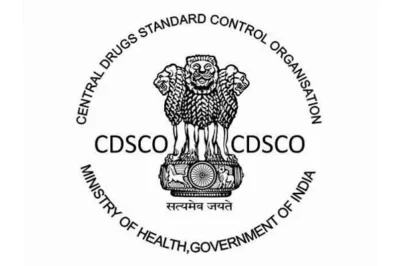India’s stark designation as the “cancer capital of the world” raises alarm bells, sparking urgent discussions about public health strategies and preventive measures. With cancer cases in India rising at an unprecedented rate, surpassing global averages, it is crucial to delve into the underlying causes and consider effective interventions. This article explores the complex web of factors contributing to this grim reality and what it might mean for the future of India’s public health.
Understanding the Surge in Cancer Cases:
Lifestyle and Environmental Factors:
India’s dramatic increase in cancer cases can be significantly attributed to lifestyle changes and environmental challenges. Tobacco consumption, both smoked and smokeless, has been a longstanding issue, directly linked to higher incidences of lung, oral, and throat cancers. Moreover, air pollution from industrial emissions and vehicular traffic compounds the risk, introducing carcinogenic particles into the daily air that millions breathe.
Diet and Physical Activity:
The shift towards processed foods coupled with sedentary lifestyles has led to rising obesity rates—a known risk factor for various types of cancer including breast, colorectal, and endometrial cancer. These dietary trends, reflective of a global shift, underscore the need for public health campaigns focused on nutrition and physical fitness.
Socioeconomic Impact:
The disparity in income and education levels across India affects cancer prevention and treatment. Lower socioeconomic status is linked to reduced access to healthcare, leading to late diagnosis and lower survival rates. This disparity emphasizes the need for more equitable healthcare policies that ensure better accessibility and affordability of cancer care across all sections of society.
Healthcare Infrastructure and Awareness:
Despite improvements, India’s healthcare system faces challenges in coping with the increasing burden of non-communicable diseases, including cancer. There is a critical need for robust healthcare infrastructure, more oncologists, and widespread public health initiatives to promote early detection and preventative care.
Conclusion:
As India confronts its status as the cancer capital of the world, tackling this issue requires a concerted effort from all sectors of society. Government initiatives, healthcare reforms, and community engagement are essential to drive significant change. Lifestyle changes, enhanced awareness, and improved socioeconomic conditions may collectively help turn the tide against the rising cancer epidemic. How can India better equip itself to deal with this ongoing health crisis?




































































Leave a Reply